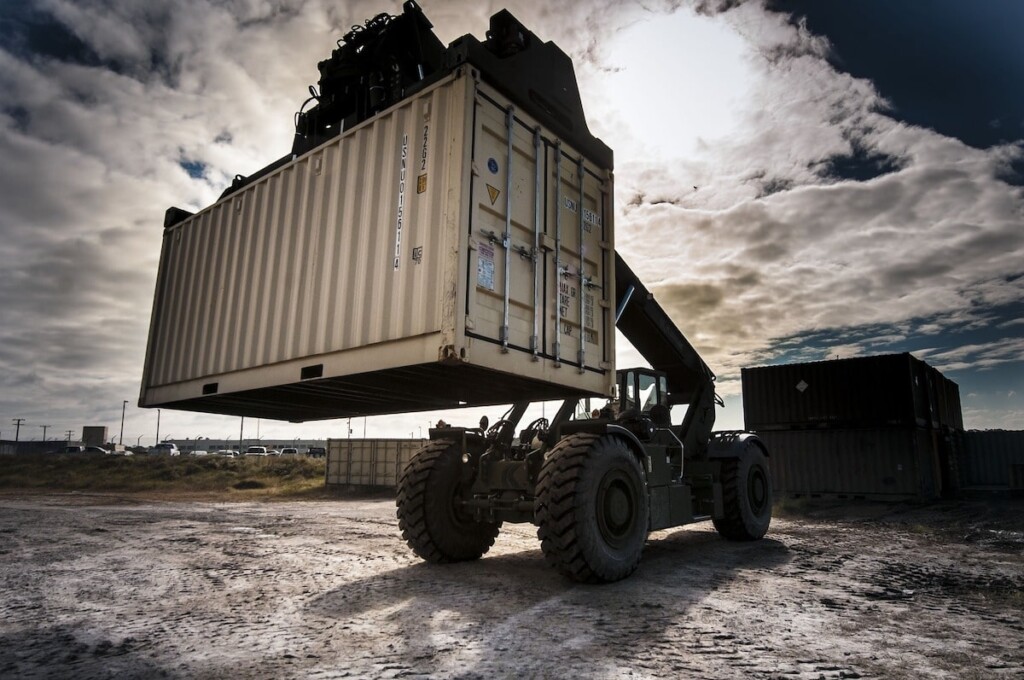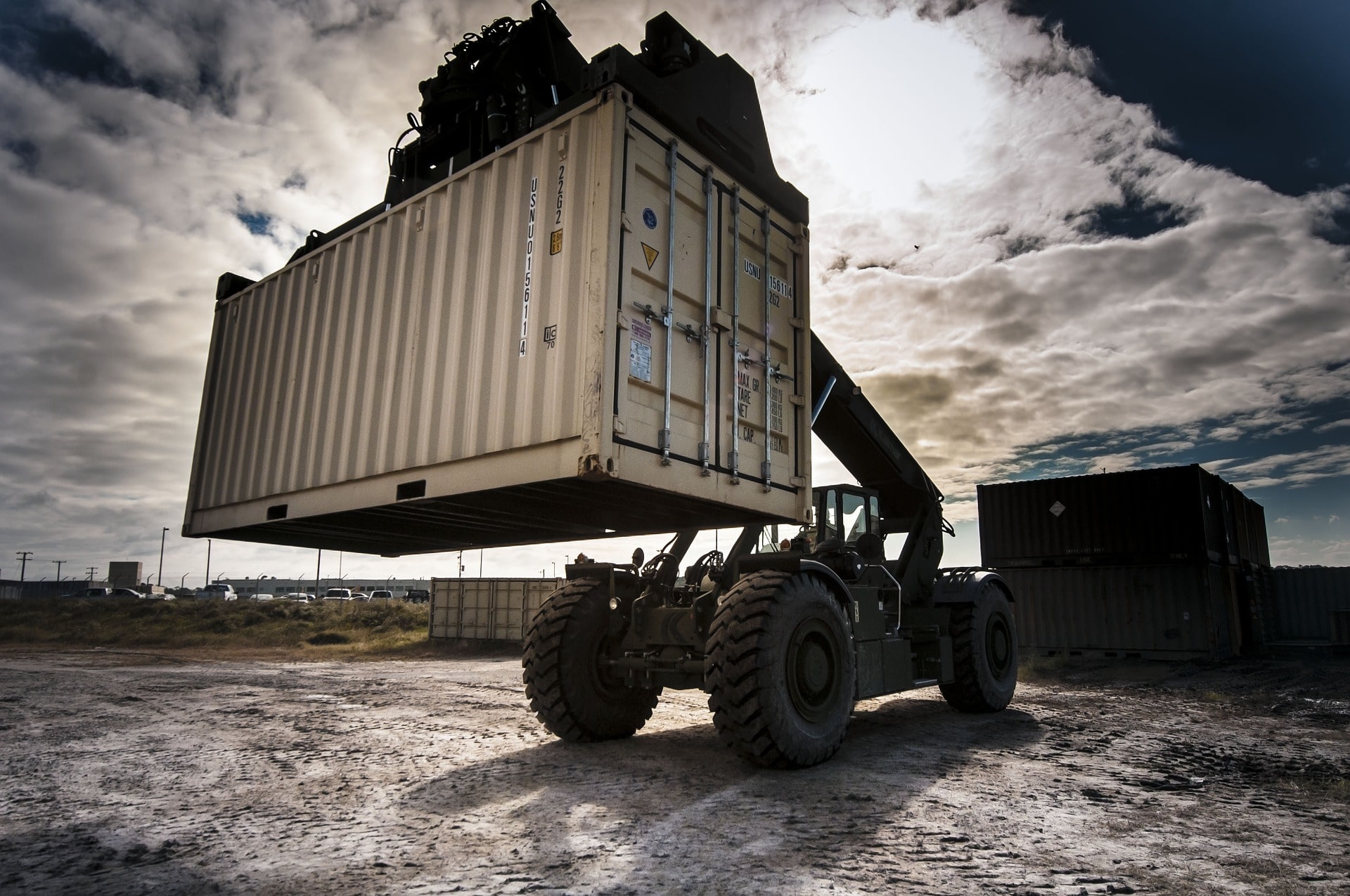Moving a shipping container is more challenging than it may seem. It requires specialized knowledge and the right tools to do the job safely and effectively. From construction sites to retail stores, shipping containers are becoming increasingly popular for preparation, storage, and transportation. Yet, to many, their size and complex structure can be intimidating when moving from one location to another. Luckily, this comprehensive guide will explain how one moves a shipping container safely with minimal stress and hassle! With our helpful advice and tips, you can know that your next move will be handled with care!
Before Moving a Shipping Container
Before moving a shipping container, you need to consider several crucial factors and pieces of information to ensure a smooth and successful transportation process. By thoroughly addressing these considerations and gathering the necessary information, you’ll be better prepared to plan and execute the move of a shipping container efficiently and within regulatory guidelines.
Assess Your Shipping Container
Inspect your shipping container before you move to ensure it’s in top shape. Look for damages, rust, or structural issues that could impact its transportation. Make sure the container is empty and free from any debris.
Check Local Regulations
Ensure a smooth transportation process for shipping containers by familiarizing yourself with local regulations. Contact the local authorities to inquire about necessary permits and any restrictions that may be in place. By taking this crucial step, you can avoid encountering any legal issues during the transportation process.
Prepare the Shipping Containers
Ensure all loose items inside the container are securely stored and the doors tightly sealed. According to local regulations, secure any external parts, such as generators or HVAC systems.
How to Move a Shipping Container Over Short Distances
These are the most common methods for moving a shipping container short to medium distances.
Cranes
Cranes are perfect for quick and convenient short-distance moves. These trucks are equipped with built-in lifting points, making lifting containers directly onto the truck bed easy. Securing a shipping container to a crane will allow you to move the container without damaging it.
Forklifts

Forklifts are commonly used for short-distance movements of shipping containers, especially within storage yards, construction sites, or other confined spaces. If you’re looking to move a container longer distances, a forklift is excellent for moving a shipping container onto a flatbed truck. When handling heavy shipping containers with a forklift, nothing is more important than safety. That’s why you must hire someone with proper training and certifications.
Trucks

Flatbed Trucks: The go-to method for getting from point A to point B when transporting a container more than 200 miles. Load up the container onto a flatbed truck with a crane or forklift.
Chassis Trucks: Loading and unloading containers has always been challenging. Chassis trucks have specialized container chassis, making loading and unloading containers easier. This method is standard for shorter distances and places near a port.
Tilt Bed Trailer

Simplify your shipping container transportation with tilt bed trailers. These specialized trailers feature a hydraulic system that enables easy loading and unloading by tilting or raising the bed. Tilt bed trailers are perfect for transporting shipping containers distances shorter than 200 miles.
Tractor
Move shipping containers with ease using a tractor! Whether you’re navigating short or medium distances, tractors are the ultimate transport solution. Tractors are equipped with custom trailers or chassis to transport shipping containers securely.
How to Move a Shipping Container Over Long Distances
Alternatively, rail or sea transport may be more appropriate for longer distances or international transport.
Rail

Rail transport is an efficient option for moving containers over long distances. Containers are loaded onto specialized container trains and transported to their destination.
Ship

When it comes to international transportation, container ships reign supreme. These massive vessels specialize in stacking shipping containers, making it possible to transport goods across oceans effortlessly.
How Much Does It Cost to Move a Shipping Container?
The cost to move a shipping container can vary based on several factors. Angi says the average cost for shipping a container is $3,000, with the lowest cost starting from $2000 and the highest cost exceeding $5000. Meanwhile moving a container across short distances can be much cheaper.
- Renting a truck and trailer costs $20 to $100 a day
- Renting a forklift costs $150 a day
- Hiring a company to transport, $3-$6 a mile
Additional Considerations
Here are some key considerations that can influence the overall cost:
Distance
The distance the shipping container needs to be moved is a significant factor. Longer distances typically result in higher transportation costs.
Transportation Method
The chosen transportation method (truck, rail, sea, etc.) will impact the cost. Each method comes with its own set of expenses.
Container Size
The size and weight of your shipping container will affect how much it will cost to transport. 20-foot shipping containers typically weigh more than 4,800 pounds while 40-foot shipping containers exceed 9,200 pounds. You can expect to pay higher fees if your container is more extensive and heavier.
Insurance
Pay attention to insurance for shipping containers. Insurance coverage for the transportation of the shipping container may be an additional cost.
Customs and International Fees
Be aware of customs fees, taxes, and additional charges that can significantly impact your expenses.
Conclusion
Moving a shipping container can be overwhelming, but it doesn’t have to be. By following the steps outlined in our guide and planning and researching your move, you can ensure that the experience goes as smoothly as possible. By accepting these simple steps, you’ll be ready to go quickly! If you have any lingering questions about relocating your shipping container, consult professionals who can guide you through the process.





